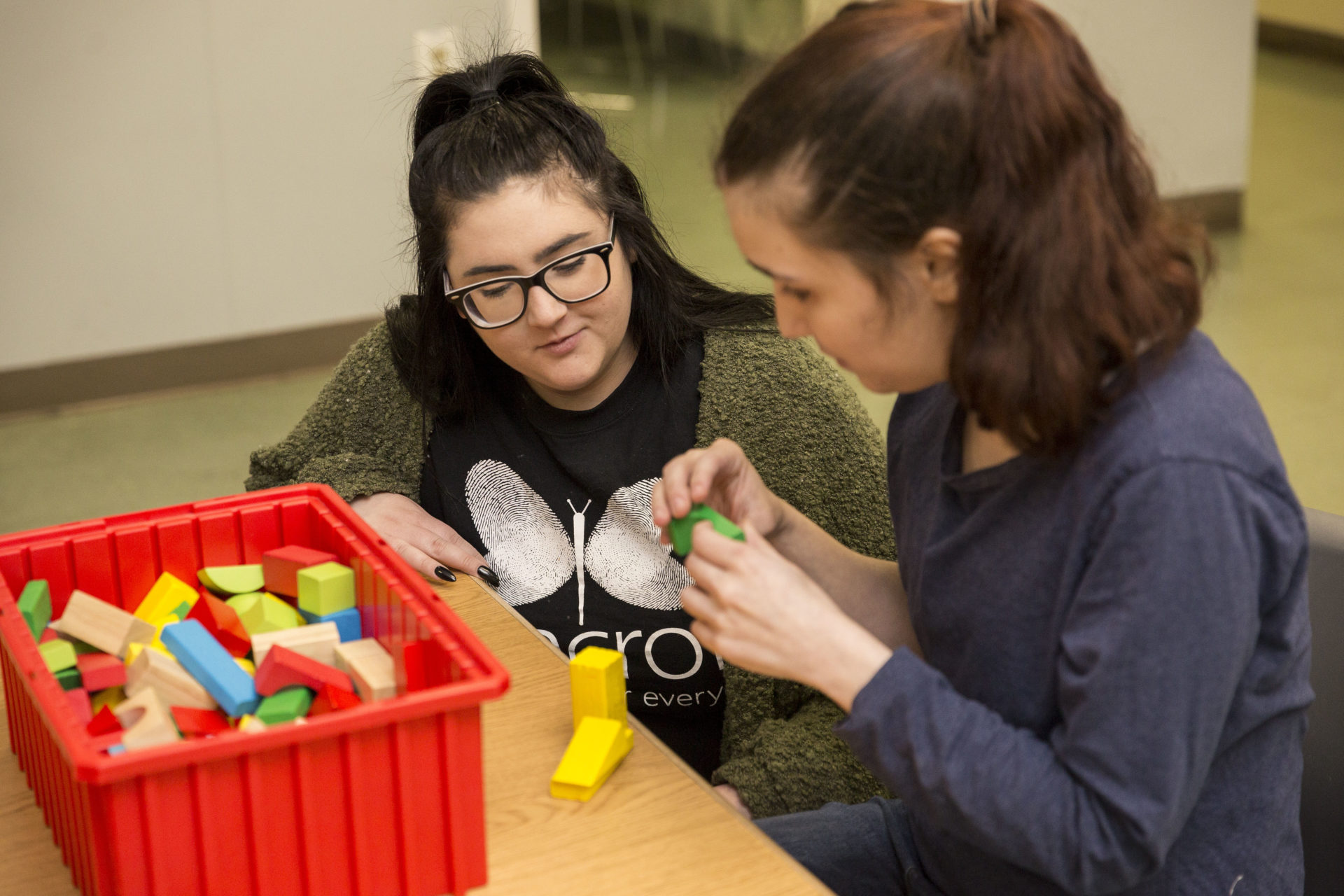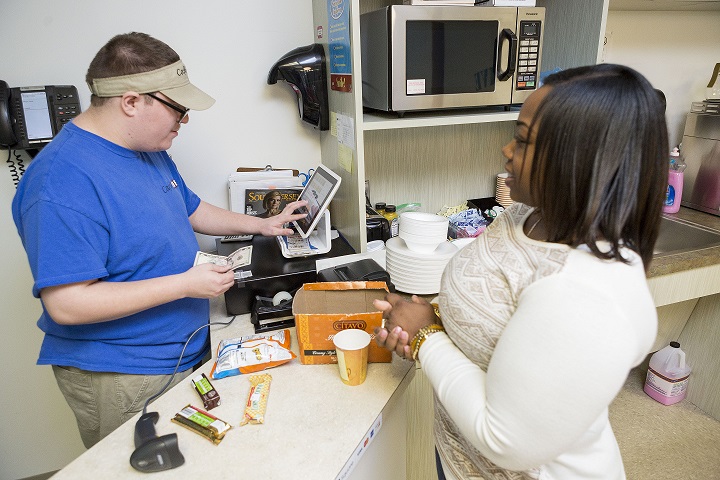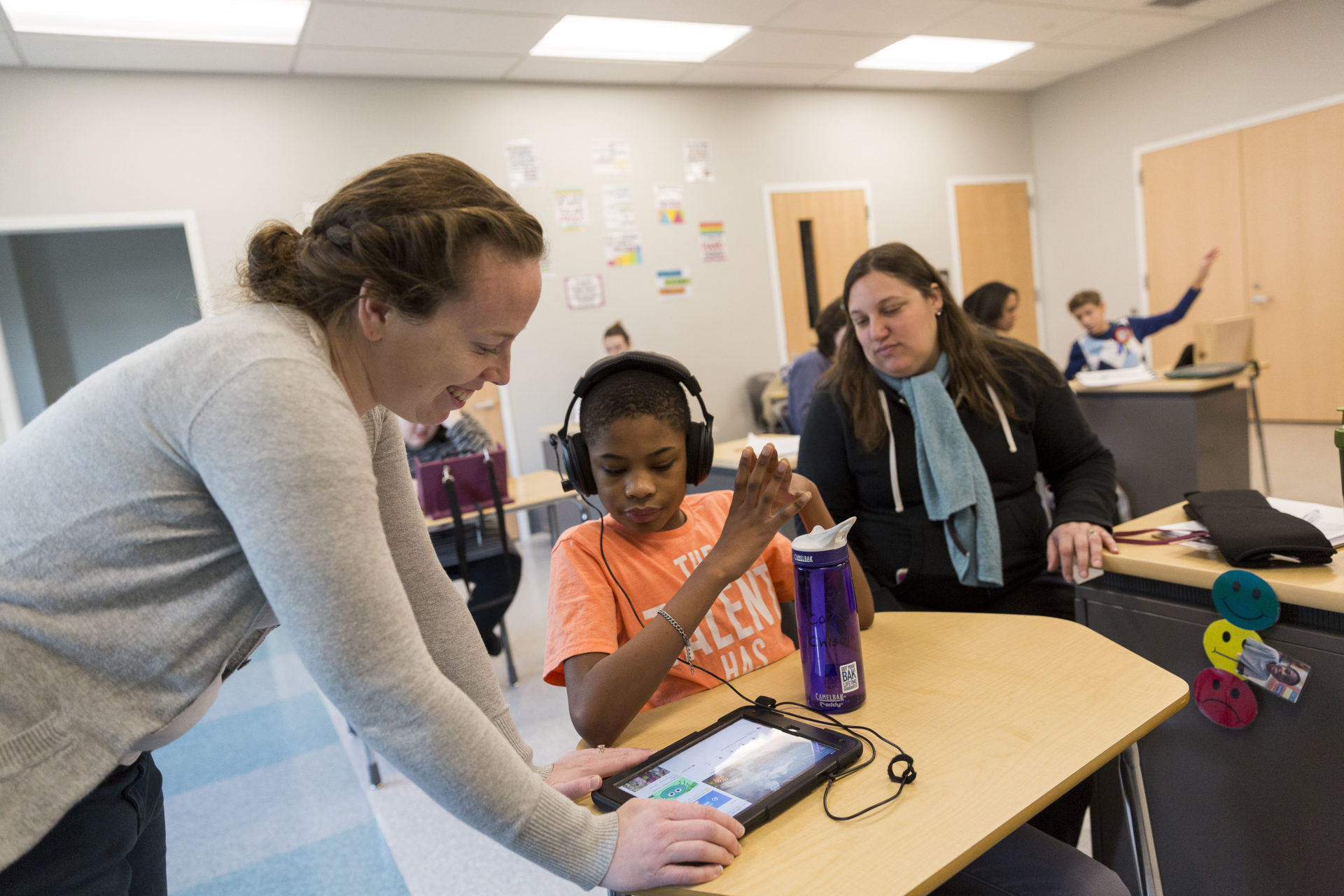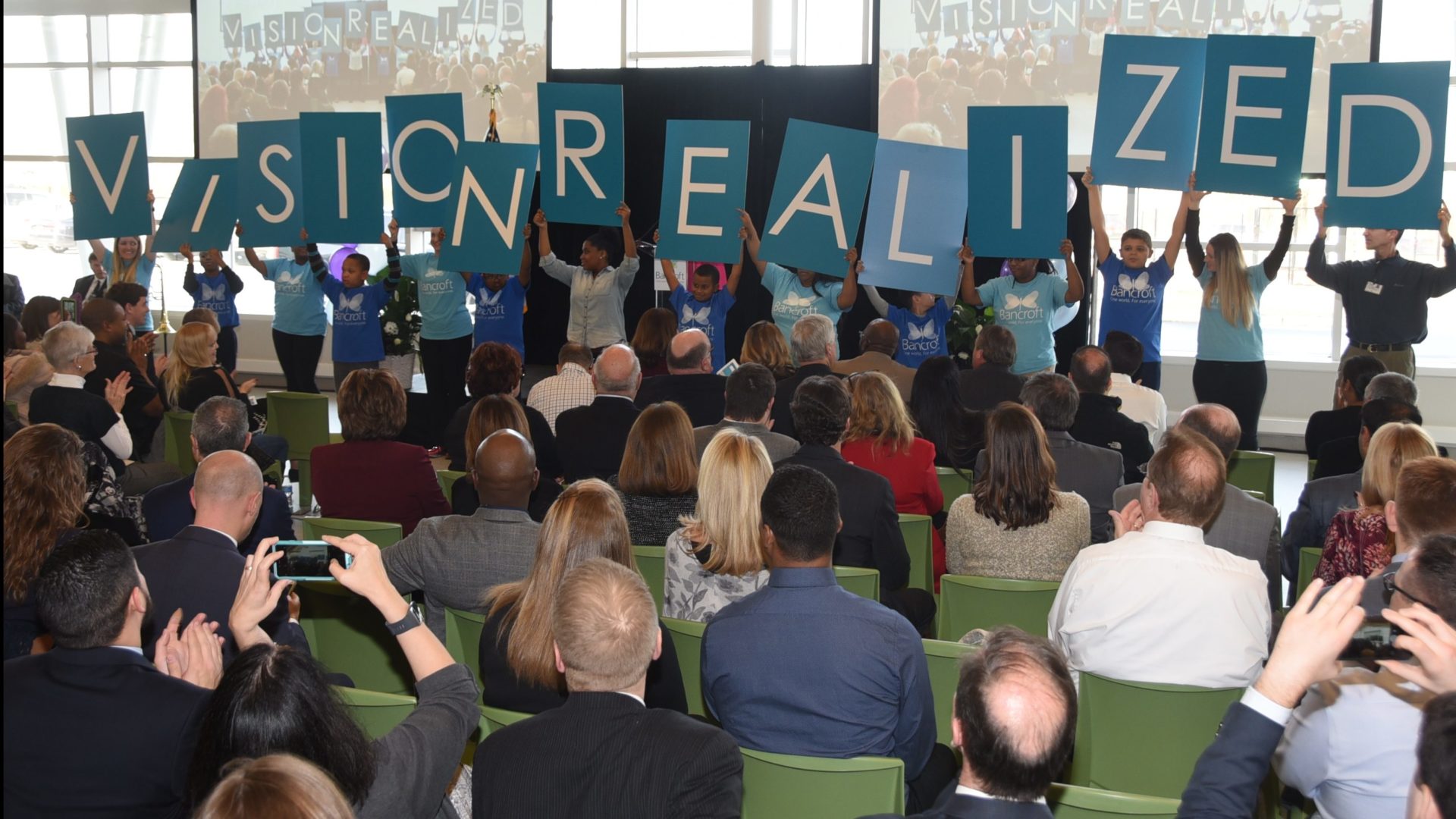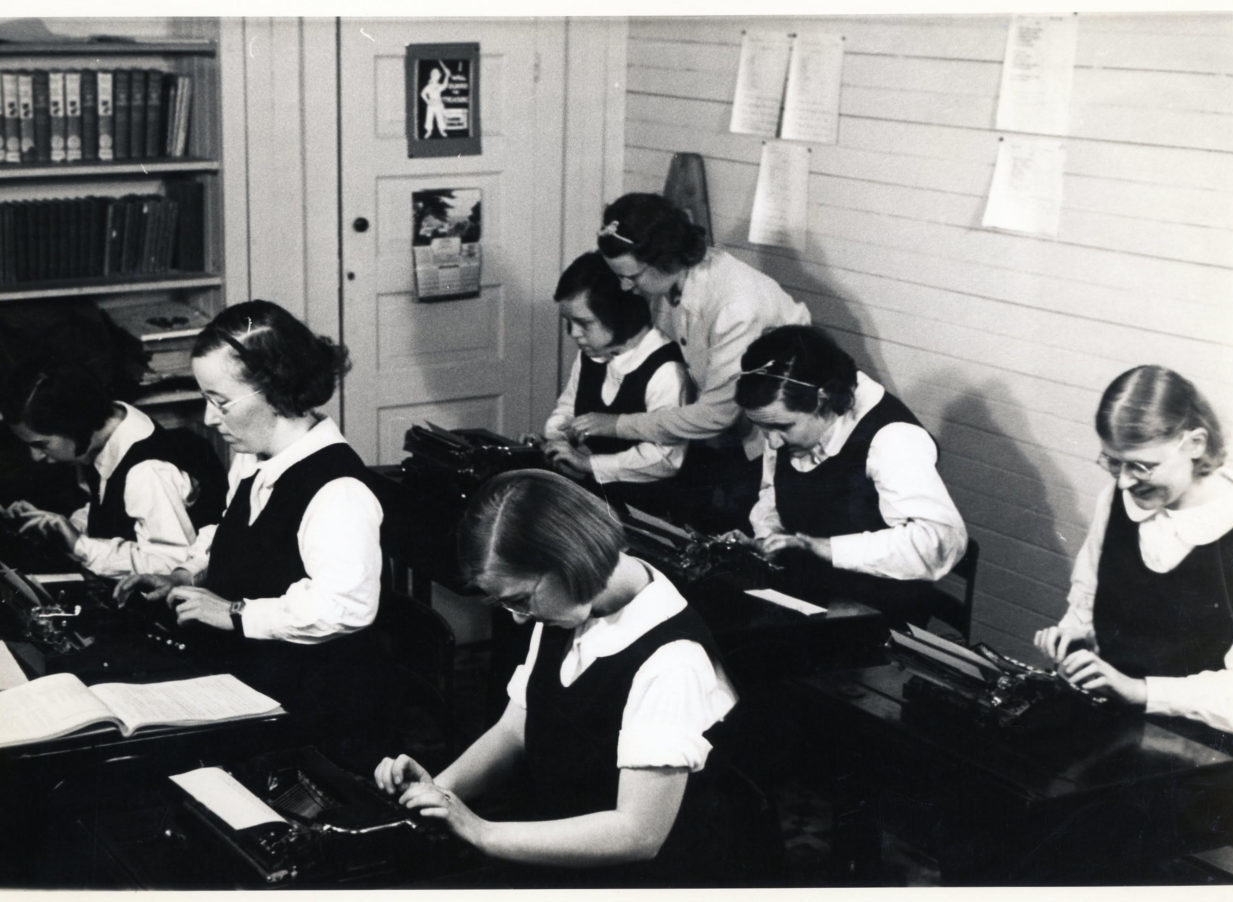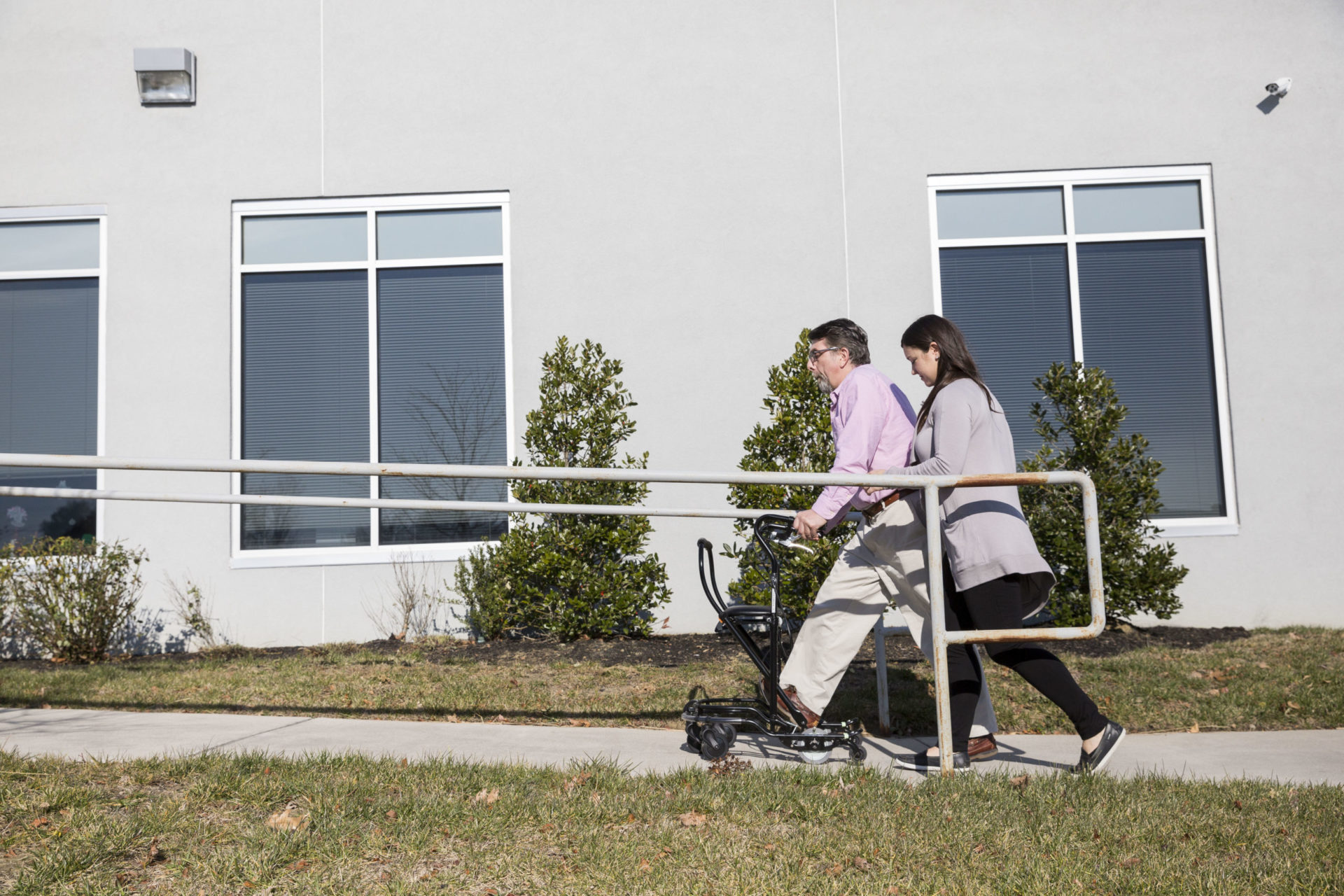Dr. Karen Lindgren is Senior Director of Neuropsychology Services at Bancroft NeuroRehab. Below, she explores Cognitive Therapy and its benefits for patients.
What is Cognitive Therapy?
Cognitive therapy is physical therapy for your brain. It helps restore or work around lost functions so you can return to work, community and family activities.
Why would someone need Cognitive Therapy?
We use Cognitive Therapy to treat symptoms after a traumatic brain injury or acquired brain injury and after any incident or illness, such as s tumor or stroke, that has affected a person’s cognition or thinking. Cognitive Therapy is also helpful for individuals who have progressive neurological conditions such as Multiple Sclerosis, Parkinson’s disease or dementia.
What does Cognitive Therapy look like in the treatment setting?
First, a cognitive therapist administers a complete assessment to identify specific functional problems. Is the patient having trouble taking medications? Are they having trouble finding a job? Are they having trouble using public transportation? These and other functional roadblocks will paint a cognitive picture for the clinician and inform treatment plans.
Who administers Cognitive Therapy?
Cognitive therapy can be administered by a variety of professionals including speech therapists, occupational therapists and neuropsychologists. Families should do their research and seek trained cognitive therapists who specialize in cognitive therapy and have been trained in the latest evidence and latest techniques.
Where can I receive Cognitive Therapy?
Cognitive therapy is most commonly administered in an office, but it can also take place in the community or at home.
If you have a loved one who is experiencing some cognitive changes (maybe they’ve had mild stroke, or they’re having difficulty with thinking. Maybe they’ve had a concussion and they’re having difficulty getting back on their feet, etc.) a cognitive therapist can help reengage them in activities and enjoy a full life.

